
Key Points
- EVs are suited to transporting passengers
- Determine how much range is needed, where you’ll charge
- Prioritise passenger comfort, some EVs aren’t as accessible
A growing number of Australian business fleets, taxi and rideshare drivers are making the switch to pure electric vehicles to cut ownership costs.
Rather than only buying a fuel efficient petrol-electric hybrid vehicle, long-distance drivers can most benefit from reduced electricity ‘fuel’ and maintenance running expenses.
Gig economy rideshare platforms are also encouraging more EVs with unique benefits.
For example, market leader Uber now offers a hybrid and EV-only Uber Green tier to users – costing the same as UberX – to potentially attract more customers. It previously cut the service fee in half for select EV drivers until mid-2025 (this offer is no longer available as all spots have been taken up).
Rideshare subscription services are also offering EV models to further lower the price barrier. But, what are the key considerations when switching to an EV for taxi and rideshare duties?
Driving range: What is best?
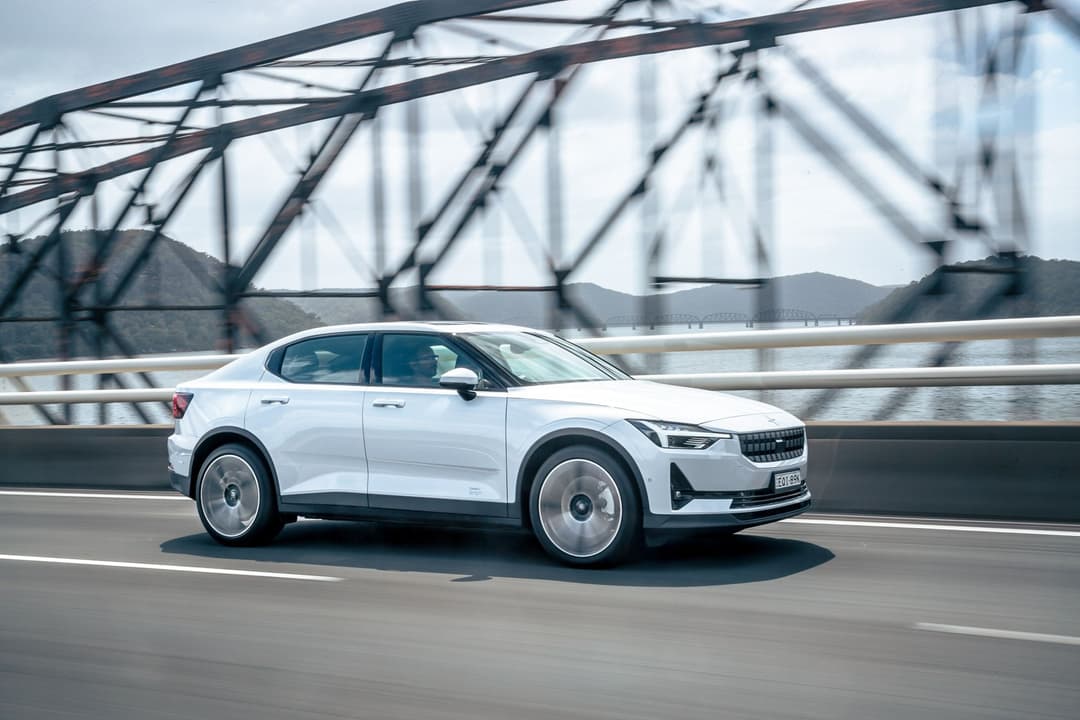
Often the longer the driving range you can do on one charge, the better. It means fewer charging stops and more time on the road transporting passengers.
However, larger batteries mean a more expensive EV model price tag – and the difference can be big.
For example, the Tesla Model 3 Long Range electric sedan is around $13,000 pricier than the shorter range base Model 3 RWD variant for just 111km additional claimed WLTP driving range, whereas the gap between the BYD Atto 3 electric SUV’s Extended and Standard Range battery is $3000 for providing 75km more claimed range.
Recharging a larger battery also takes longer if the charging speed isn’t markedly faster.
Consider how long you typically need to drive daily and choose a model that best balances range and price for your needs.
Keep in mind that car brands quote claimed range figures, which are often unlikely to be achieved in the real-world, so take out a 10 per cent buffer as a general guide.
Charging: How and where?
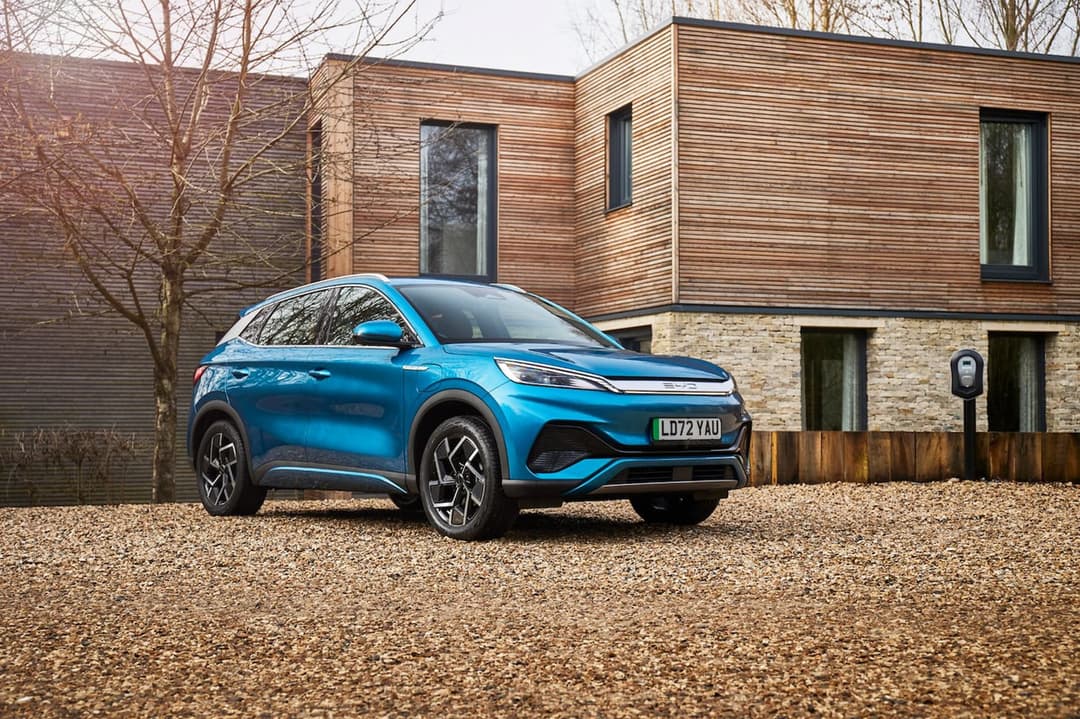
It is best for all EV drivers to charge at home overnight – where it is cheapest, most convenient and reliable. Depending on the battery size and your daily driving needs, the standard Level 1 three-pin trickle charging plug won’t be enough; you may need to install a Level 2 wall box to guarantee a full charge at the start of every day.
If you can’t plug in at home or need to recharge while on-the-go, rideshare EV drivers will need to ideally rely on public DC fast charging stations. Use PlugShare to find nearby stations.
There are a variety of charging networks and providers with different charging costs and speed outputs – and total charging time will be limited by your EV model’s maximum charging capabilities, too. It generally takes between 20 to 60 minutes to recharge from 10 to 80 per cent.
But, public chargers are getting busier as more Australians adopt EVs and some can be out-of-order at times, so it’s ideal to charge at home and only use public DC fast chargers when needed. The latter causes faster battery degradation, which will hit your driving range in the long-run.
Accessibility: What’s important for passengers?
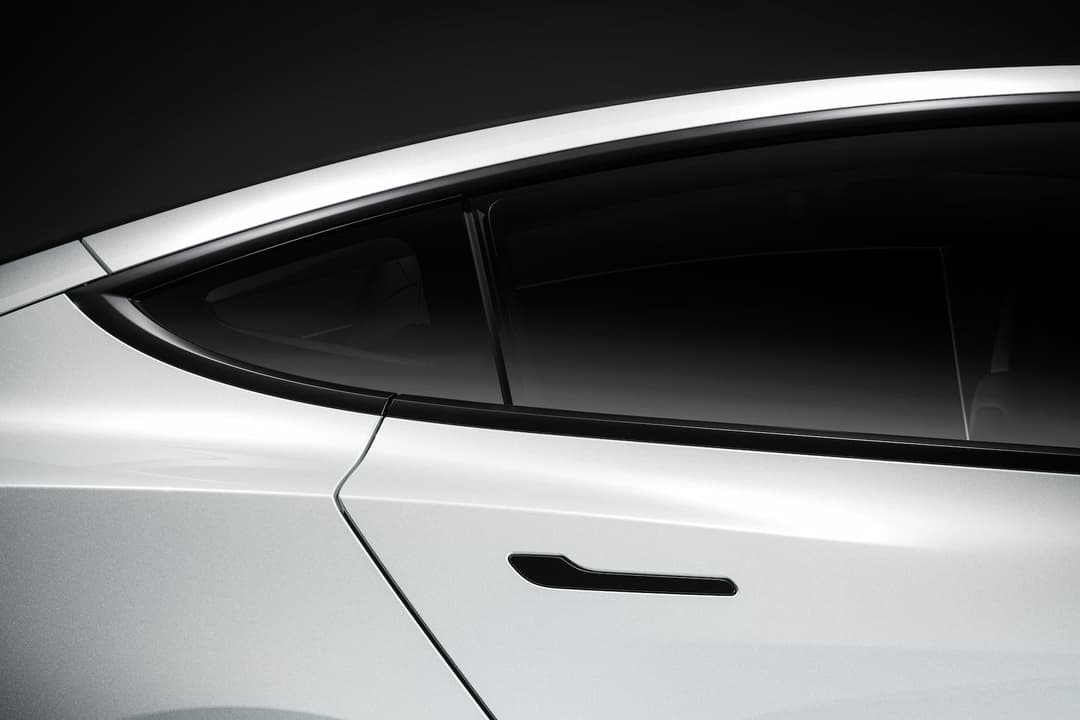
Driver ratings from passengers is important to rideshare driver profiles, and maintaining higher ratings may allow you to receive trips from higher-paid tiers – if eligible.
Choosing a new car is already a good step – but EV models in particular vary in accessibility, practicality and features.
Critically, flush door handles which don’t automatically pop-out – as on the Tesla Model 3 sedan, Model Y SUV and Kia EV6 in entry-level Air trim – can be confusing for unfamiliar passengers and be a key accessibility issue.
Interior space should also be a priority. Sedans and liftbacks typically offer less headroom and usable boot space, whereas crossover SUVs usually provide a higher seating position, but could be harder to enter in and out. Larger wheels also generally mean a harder, less comfortable ride.
Models built on ground-up EV platforms (which are designed from the start as an electric car) generally provide better practicality than one based on a combustion-engined platform – but not all are created equal.
For example, the combustion engine-platformed Polestar 2 has a large protruding centre floor hump, which restricts legroom – whereas models, such as the BYD Atto 3, Cupra Born and Hyundai Ioniq 6 have a completely flat floor.
It’s worth noting that the adapted platform on the MG ZS EV and Hyundai Kona Electric can also achieve a near-flat floor, and some dedicated EV models offer comparable or less boot space than equivalent petrol-powered models.
Warranty: Are there limitations?
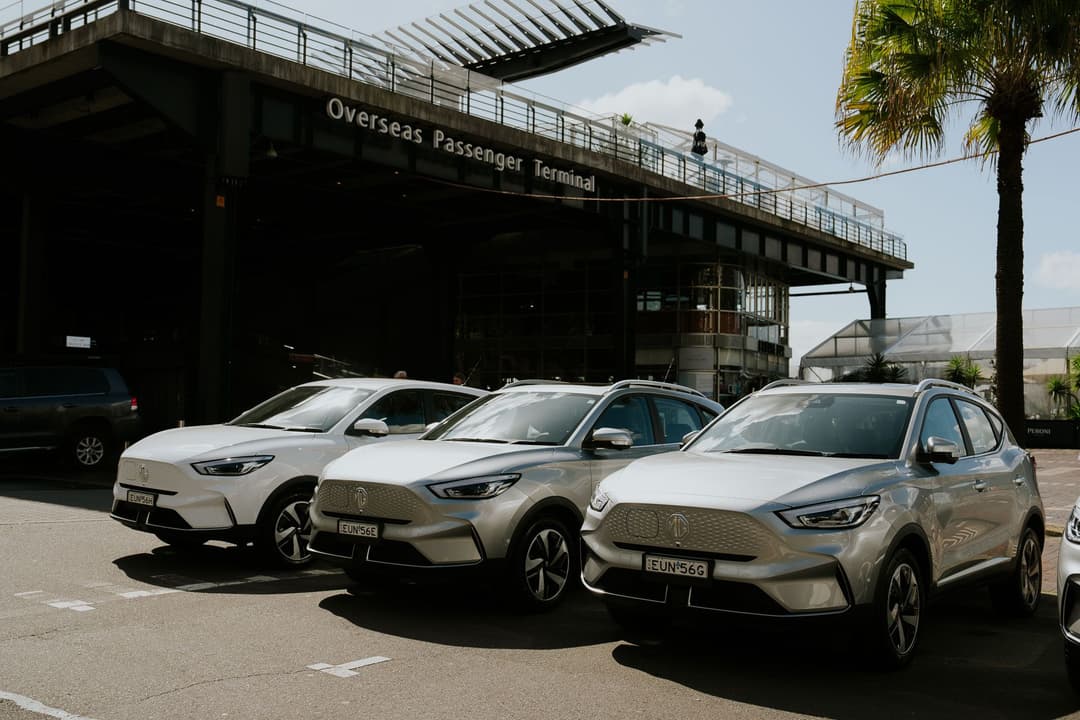
Most car brands quote vehicle and battery warranties for general private-use buyers – but there may be limitations on commercial-use owners, which includes taxi and rideshares.
For example, MG electric cars including the MG 4 hatch and ZS EV small SUV are generally covered by a seven-year, unlimited kilometre vehicle and battery warranty.
However, if you use the EVs for commercial purposes, both warranties are capped at seven-years/160,000km. When looking for an electric rideshare model, be sure to look at the fineprint.
Ownership: Buy or subscribe?
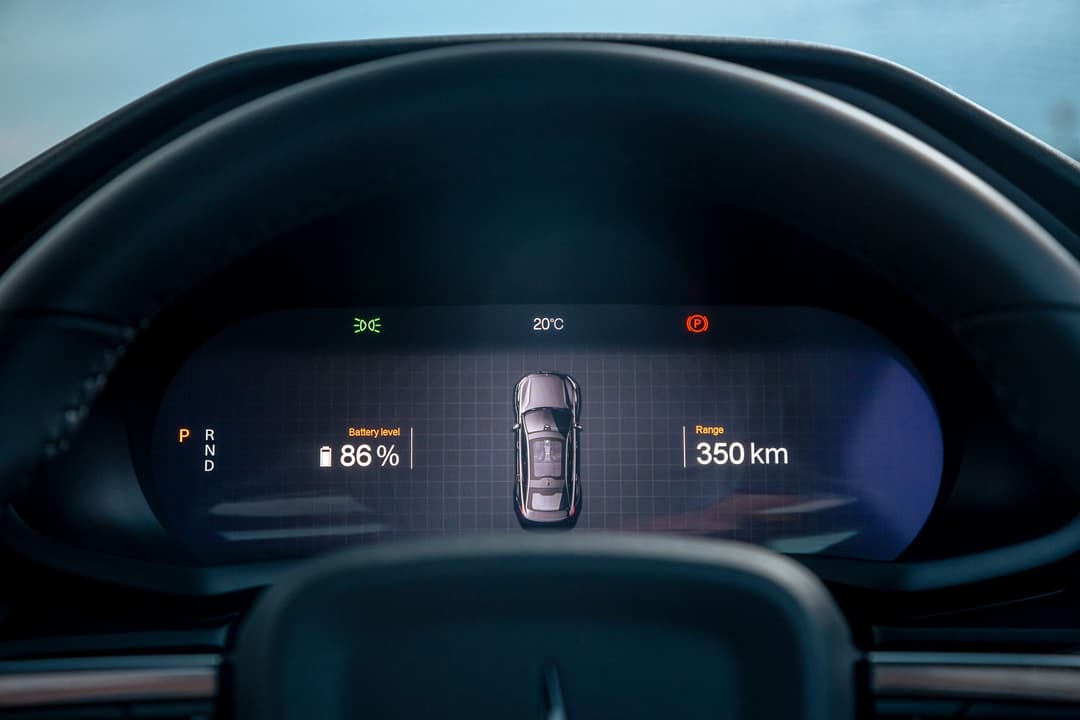
A growing number of companies offer subscription EVs dedicated for use in rideshare platforms, such as Splend, Keyz and Karmo.
Subscribing to an EV bundles registration, insurance, servicing and other running costs into a weekly fee. There’s also the flexibility of switching to another model and subscription plan after a specific period, and some can lead to full ownership.
However, the weekly subscription fee can be costly, so you’ll need to calculate the total cost of ownership (TCO) sums and see whether the numbers stack up – along with the associated terms and conditions – based on your average rideshare trip earnings, rather than buying in full or financing yourself.
What to consider for rideshare/taxi electric cars
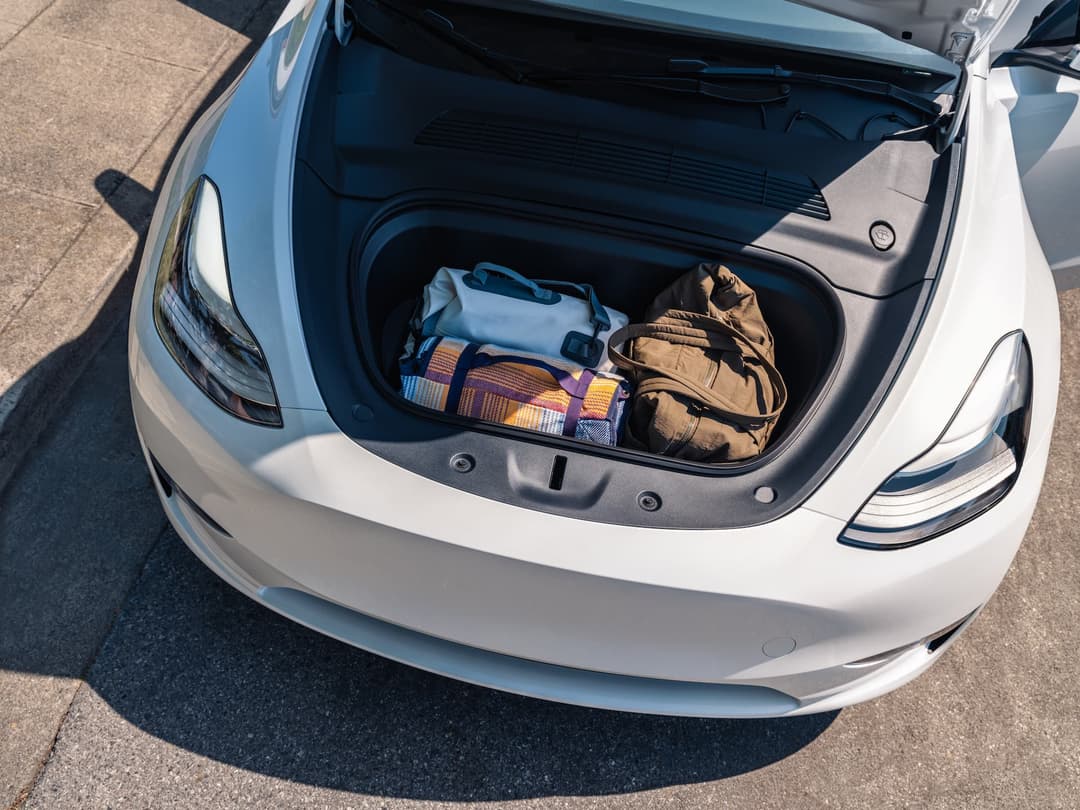
Making the electric switch for a rideshare or taxi passenger transport vehicle is the best way to reduce running costs and cut ties with the fuel pump. As long distance drivers, you’ll save more the further you drive.
Electric cars are also ideally suited for passengers – with no engine noise, vibrations, and ground-up platforms generally providing more space.
However, you’ll also need to consider your range needs and charging methods – in addition to the usual buying costs and, importantly, practicality and accessibility priorities for passengers.
A growing number of Chinese-made affordable EVs are arriving in Australia, including the BYD Dolphin, MG 4, GWM Ora and Volvo EX30, which are priced on par with comparable petrol-powered models and are making the electric switch easier.
Read more👇
Electric Car Incentives in Australia: State by State Guide
About the author
Stay up to date with the latest EV news
- Get the latest news and update
- New EV model releases
- Get money savings-deal

